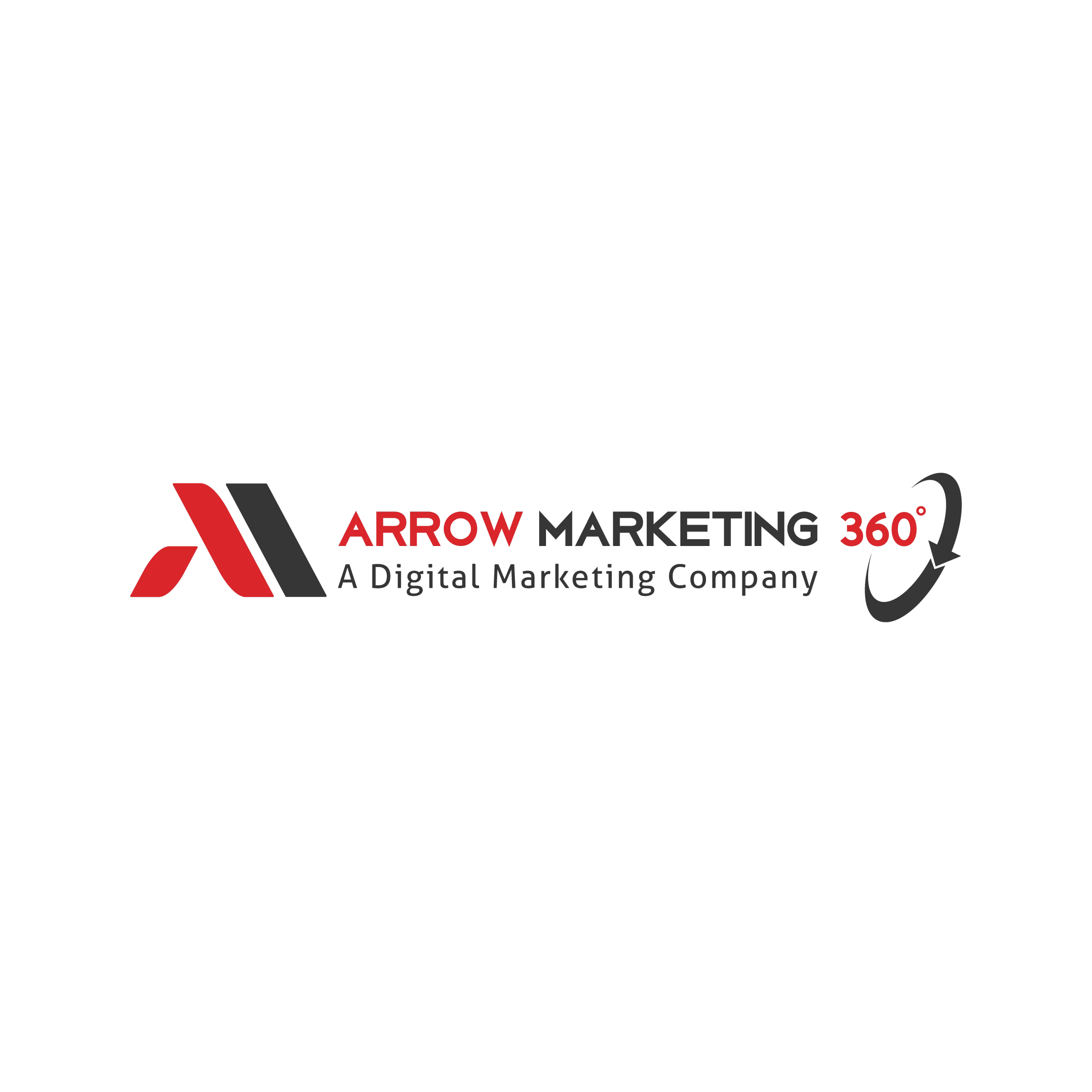Advantages & Disadvantages of Social Media Advertising

Advantages & Disadvantages of Social Media Advertising – Social media has revolutionized the way businesses market their products and services. With billions of active users on platforms like Facebook, Instagram, Twitter, and LinkedIn, social media advertising offers immense opportunities for businesses to reach their target audience effectively. In this article, we will explore the advantages of social media advertising and how it can benefit your business.
Advantages & Disadvantages of Social Media Advertising
In today’s digital age, social media platforms have become an integral part of people’s lives. From connecting with friends and family to discovering new trends and staying updated with the latest news, social media has transformed the way we communicate. Along with these personal interactions, social media has also emerged as a powerful marketing tool for businesses. Social media advertising allows businesses to promote their products and services directly to their target audience, leveraging the vast user base and sophisticated targeting capabilities of these platforms.
What is Social Media Advertising?
Social media advertising refers to the practice of using social media platforms to advertise and promote products, services, or brands. It involves creating engaging content, such as text, images, videos, or interactive elements, and strategically placing them on social media platforms to reach a specific audience. By utilizing the targeting options provided by these platforms, businesses can ensure that their ads are shown to users who are most likely to be interested in their offerings.
Advantages of Social Media Advertising
Increased Brand Visibility: Social media platforms have billions of active users, making them a goldmine for businesses looking to increase their brand visibility. By advertising on these platforms, businesses can expose their brand to a large audience, creating awareness and recognition among potential customers.
Targeted Advertising: One of the biggest advantages of social media advertising is the ability to target specific demographics, interests, and behaviors. Platforms like Facebook and LinkedIn provide advanced targeting options that allow businesses to narrow down their audience based on factors such as age, location, interests, job titles, and more. This targeted approach ensures that ads are shown to the most relevant audience, maximizing the chances of conversions.
Cost-Effective: Compared to traditional advertising methods, social media advertising offers a cost-effective solution for businesses of all sizes. With flexible budgeting options and the ability to set daily or campaign-specific spending limits, businesses can allocate their advertising budget more efficiently and achieve a higher return on investment.
Enhanced Customer Engagement: Social media platforms offer unique features that encourage customer engagement and interaction. Businesses can create compelling content, run contests, host live videos, and respond to customer comments and messages in real-time. This level of engagement helps businesses build relationships with their audience, foster loyalty, and gain valuable feedback.
Real-Time Analytics: Social media advertising provides comprehensive analytics and reporting tools that give businesses insights into the performance of their ads. From the number of impressions and clicks to audience demographics and engagement metrics, businesses can track and analyze the effectiveness of their campaigns in real-time. This data-driven approach enables businesses to make informed decisions and optimize their advertising strategies for better results.
Boosted Website Traffic: Social media advertising can drive significant traffic to a business’s website. By including call-to-action buttons or links in their ads, businesses can direct users to specific landing pages or product pages, increasing the chances of conversions and sales.
Improved Conversion Rates: With the ability to target specific audience segments and deliver personalized messaging, social media advertising can significantly improve conversion rates. By reaching users who are already interested in their offerings, businesses can deliver relevant and compelling ads that drive conversions and increase their revenue.
Access to Global Audience: Social media platforms have a global reach, allowing businesses to expand their audience beyond geographical boundaries. Whether targeting local customers or reaching out to an international market, social media advertising provides businesses with the opportunity to connect with a diverse range of users from different parts of the world.
Measurable Results: Unlike traditional advertising methods, social media advertising offers measurable results. Businesses can track key performance indicators such as click-through rates, conversions, and cost per acquisition, providing clear insights into the effectiveness of their campaigns. This data helps businesses make data-driven decisions and refine their advertising strategies for better outcomes.
Integration with Other Marketing Channels: Social media advertising can be seamlessly integrated with other marketing channels, such as email marketing or content marketing. By aligning advertising efforts across multiple platforms, businesses can create a consistent brand experience and reinforce their marketing messages, leading to better overall campaign performance.
Building Brand Loyalty: Social media advertising allows businesses to build strong connections with their audience, fostering brand loyalty and advocacy. By consistently engaging with users through relevant content and personalized interactions, businesses can establish themselves as trusted authorities in their respective industries, nurturing long-term relationships with customers.
Disadvantages of Social Media Advertising
While social media advertising offers numerous advantages, it also comes with its own set of challenges. Some of the common disadvantages businesses may face include:
Ad Fatigue: With the constant influx of content on social media platforms, users can quickly become fatigued with ads. To overcome this challenge, businesses need to create fresh, engaging content that stands out and provides value to the audience.
Algorithm Changes: Social media platforms often update their algorithms, which can impact the reach and visibility of ads. Businesses need to stay updated with these changes and adapt their strategies accordingly to maintain optimal performance.
Competition: As more businesses leverage social media advertising, the competition for audience attention intensifies. Businesses need to differentiate themselves by delivering unique and compelling content that resonates with their target audience.
Negative Feedback and Reviews: Social media platforms also serve as platforms for customers to express their opinions, which can include negative feedback or reviews. It is essential for businesses to have effective strategies in place to address and manage such feedback professionally.
Data Privacy and Security: With the increasing focus on data privacy, businesses must handle user data responsibly and comply with relevant regulations. Implementing robust data security measures is crucial to maintain user trust.
FAQs
Social media advertising can be highly beneficial for small businesses as it offers cost-effective targeting options, increased brand visibility, and the ability to compete with larger competitors on a level playing field.
The choice of social media platforms for advertising depends on your target audience and business objectives. Popular platforms like Facebook, Instagram, Twitter, and LinkedIn offer diverse advertising options, but it’s important to research and understand where your audience is most active.
Social media platforms provide detailed analytics and reporting tools that allow you to track key metrics such as impressions, clicks, conversions, and engagement. By analyzing these metrics, you can measure the success of your campaigns and make data-driven decisions.
Regularly updating your social media advertising content is essential to keep it fresh and engaging. The frequency may vary depending on your audience and the nature of your business, but aim to provide new and valuable content at least a few times per week.
To overcome ad fatigue and stand out from the competition, focus on creating high-quality, visually appealing content that provides value to your audience. Experiment with different formats, such as videos, infographics, or interactive content, and ensure your messaging is unique and tailored to your target audience.
Conclusion
Social media advertising has transformed the way businesses promote their products and services. With its advantages such as increased brand visibility, targeted advertising, cost-effectiveness, enhanced customer engagement, real-time analytics, and access to a global audience, businesses can leverage the power of social media to drive growth and achieve their marketing goals. However, it is important to be aware of the challenges and proactively address them to ensure successful social media advertising campaigns.
